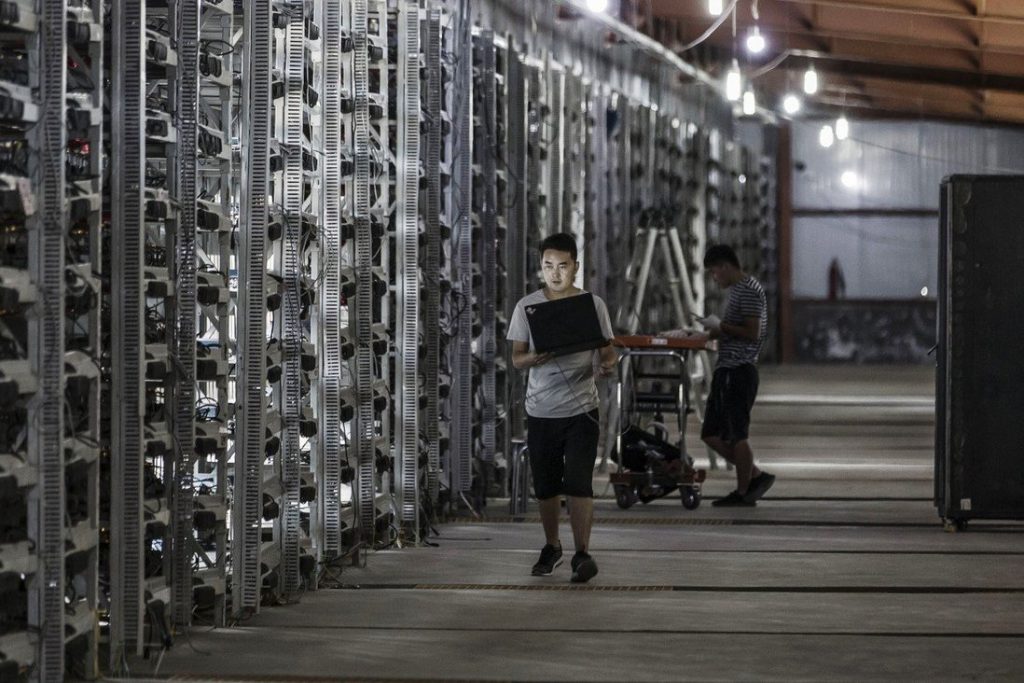There is growing concern over the amount of energy used by the bitcoin mining industry. This is a pressing issue as the world is seeking to shift to renewable energy to counteract the effects of climate change and global warming. Consequently, it leads one to wonder exactly how much energy cryptocurrency mining uses to warrant such scrutiny and criticism.
How Does Bitcoin Mining Consume Energy?
The bitcoin mining process entails a digital process known as proof-of-work. This process essentially entails using computers and servers with advanced computing power to solve complex algorithmic equations to unlock new units of bitcoin.
The bitcoin mining industry is competitive by design for two reasons. First, the proof-of-work process becomes more complex after every mining milestone. Additionally, the number of bitcoins available for mining reduces by half after every milestone, and only one miner can add a new block every ten minutes. Consequently, miners have to regularly upgrade their computers and mining rigs to keep up with the new restrictions and increasing competition.
The advanced computers and servers used to mine bitcoin consume more energy than ordinary computers and appliances – and they run 24/7. For example, they generate a lot of heat and require an industrial-grade cooling system.
How Much Energy Does Mining Bitcoin Use?
Mining one bitcoin unit consumes about 1719.5-kilowatt-hours (kWh) of energy, according to the latest reports. Overall, this is enough to power an average U.S. household for about 59 days. Bitcoin miners unlock about 240,000 bitcoin units per day, bringing the total daily energy consumption to about 412.56 million kWh.
Most bitcoin miners rely on both renewable and non-renewable sources of energy, including:
- Hydroelectric power (62%)
- Coal (38%)
- Natural gas (36%)
- Wind (17%)
- Oil (15%)
- Solar (15%)
- Nuclear (12%)
- Geothermal (8%)
Going by the figures above, bitcoin miners rely more on non-renewable sources of energy. Consequently, the crypto mining industry emits a lot of CO2, ranking it among the worst contributors to climate change and global warming.
Solving the Energy Consumption Problem


Authorities are cracking down on the runaway energy consumption by the bitcoin mining industry. Most notably, China recently introduced policies limiting cryptocurrency mining activities in the country. In response, bitcoin miners are moving their operations to countries with fewer sources of renewable energy.
However, the bitcoin mining industry has promised to transition away from non-renewable energy sources. To this end, the industry has launched several projects to facilitate the transition, including the Crypto Climate Accord. The CCA was inspired by the Paris Climate Agreement and advocates reducing bitcoin’s carbon footprint.
More bitcoin miners are switching to renewable sources of energy such as solar and wind to power their mining rigs. Renewable energy technology is improving rapidly, making it more reliable for this energy-intensive industry.
The Future of Bitcoin Mining
Bitcoin is here to stay, and miners will not stop until they unlock the last unit. However, bitcoin miners will rely more on renewable energy sources for their mining activity, hopefully achieving net-zero carbon emissions by 2030.





